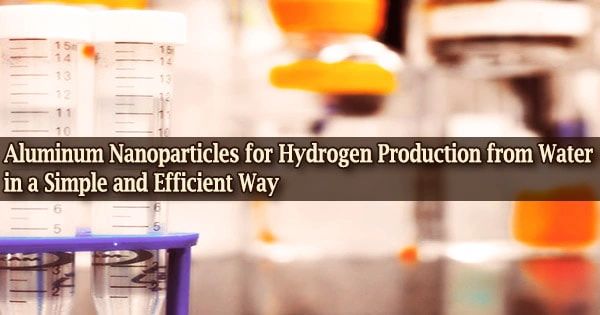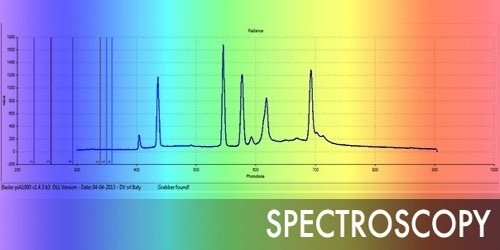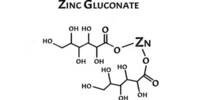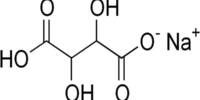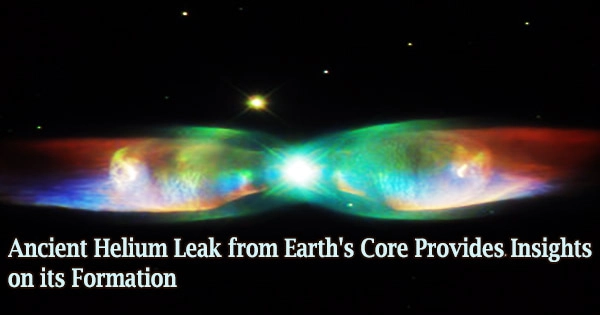Aluminum is a highly reactive metal capable of removing oxygen from water molecules and converting them to hydrogen gas. Aluminum’s ubiquitous use in wet-weather items offers little risk since it reacts quickly with air to form an aluminum oxide coating that prevents additional reactions.
Researchers have been trying for years to find efficient and cost-effective ways to manufacture clean hydrogen fuel using aluminum’s reactivity. Scanning electron microscopy, energy-dispersive X-ray spectroscopy, and powder X-ray diffraction were used to characterize the Ga–Al composite (gallium (Ga)-rich aluminum (Al) composite). The Ga operates to dissolve the aluminum oxide coating of the Al nanoparticles.
The Grotthuss mechanism makes the immaculate nanoparticles available for continuous water splitting and on-demand hydrogen creation. The water-splitting reaction does not require an applied voltage and can generate 130 mL (5.4 mmol) of hydrogen per gram of alloy at ambient temperatures and neutral pH.
Researchers at UC Santa Cruz have discovered that a simple gallium-aluminum composite produces aluminum nanoparticles that react quickly with water at ambient temperature to produce huge amounts of hydrogen.
After the reaction, the gallium was easily collected for reuse, yielding 90% of the hydrogen that might potentially be created from the reaction of all the aluminum in the composite.
As validated by gas chromatography-mass spectrometry, any available supply of water, including wastewater, commercial beverages, or even ocean water, can be used with no formation of chlorine gas. Furthermore, Ga is unaffected by time, allowing it to be gathered and reused eternally. The Ga–Al alloy is stable in cyclohexane for at least three months, allowing it to be prepared ahead of time.
Our method uses a small amount of aluminum, which ensures it all dissolves into the majority gallium as discrete nanoparticles. This generates a much larger amount of hydrogen, almost complete compared to the theoretical value based on the amount of aluminum. It also makes gallium recovery easier for reuse.
Professor Scott Oliver
“We don’t need any energy input, and it bubbles hydrogen-like crazy. I’ve never seen anything like it,” said UCSC Chemistry Professor Scott Oliver.
Oliver and Bakthan Singaram, a professor of chemistry and biochemistry, are co-authors of a study detailing the new findings, which was published in the journal Applied Nano Materials on February 14.
Since the 1970s, the reaction of aluminum and gallium with water has been known, and videos of it can be found easily online. Gallium, a liquid at slightly above room temperature, dissolves the passive aluminum oxide coating, allowing aluminum to come into direct contact with water.
The new study, on the other hand, contains various innovative results and developments that could lead to practical applications. A U.S. patent application is pending on this technology.
The study was inspired by a chat Singaram had with a student, coauthor Isai Lopez, who had watched some videos and began experimenting with aluminum-gallium hydrogen creation in his home kitchen.
“He wasn’t doing it in a scientific way, so I set him up with a graduate student to do a systematic study. I thought it would make a good senior thesis for him to measure the hydrogen output from different ratios of gallium and aluminum,” Singaram said.
When water is added to pellets of the alloy, which is comprised of aluminum and gallium, hydrogen is produced spontaneously. When water is introduced to a small tank containing pellets, hydrogen is formed, according to the researchers. The hydrogen produced in such a setup may be put straight into a lawn mower motor.
Previous research had largely used aluminum-rich alloys of aluminum and gallium, or more complicated alloys in some situations. However, Singaram’s lab discovered that a gallium-rich composite enhanced hydrogen production.
Indeed, the rate of hydrogen production was so astonishingly high that the researchers assumed this gallium-rich alloy must be fundamentally different.
Oliver argued that the enhanced hydrogen production could be due to the development of aluminum nanoparticles, and his lab had the necessary technology for nanoscale characterization of the alloy.
The researchers demonstrated the synthesis of aluminum nanoparticles in a 3:1 gallium-aluminum composite using scanning electron microscopy and x-ray diffraction, which they discovered to be the ideal ratio for hydrogen production.
Gallium is used to dissolve the aluminum oxide layer and separate the aluminum into nanoparticles in this gallium-rich composite.
“The gallium separates the nanoparticles and keeps them from aggregating into larger particles,” Singaram said. “People have struggled to make aluminum nanoparticles, and here we are producing them under normal atmospheric pressure and room temperature conditions.”
Making the composite required nothing more than simple manual mixing.
“Our method uses a small amount of aluminum, which ensures it all dissolves into the majority gallium as discrete nanoparticles,” Oliver said. “This generates a much larger amount of hydrogen, almost complete compared to the theoretical value based on the amount of aluminum. It also makes gallium recovery easier for reuse.”
The composite may be manufactured from widely available aluminum sources, such as used foil or cans, and it can be stored for long periods of time by covering it with cyclohexane to keep it dry.
Despite the fact that gallium is scarce and expensive, it can be retrieved and reused numerous times without losing its potency, according to Singaram. However, it needs to be seen whether this technique can be scaled enough to produce commercial hydrogen.
First author Gabriella Amberchan is graduate student in Singaram’s lab. Other coauthors of the paper include Beatriz Ehlke, Jeremy Barnett, Neo Bao, and A’Lester Allen, all at UCSC. This work was partially supported by funds from the Ima Hernandez Foundation.
